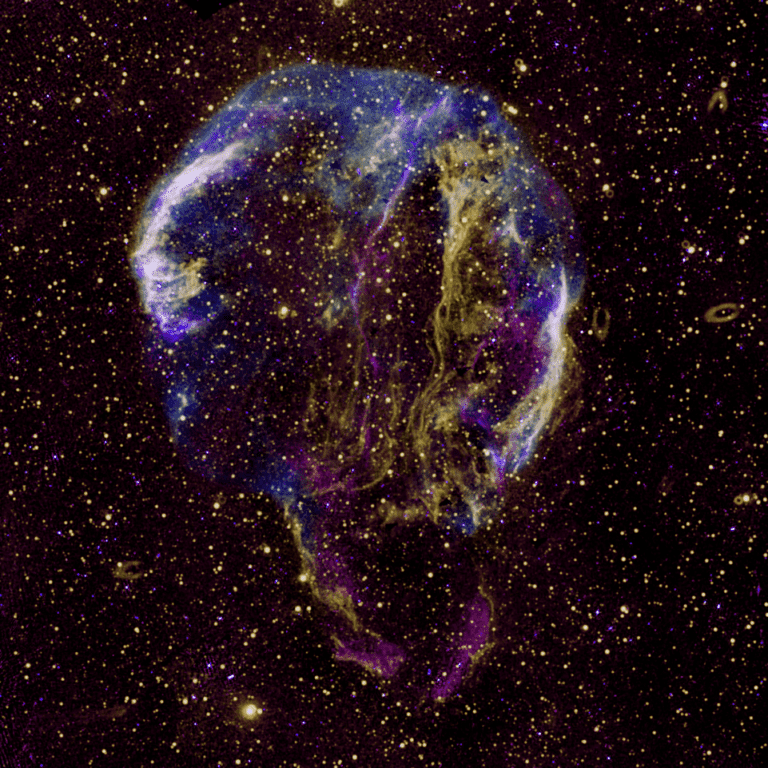After providing 25,000 supermassive black holes, the LOw Frequency ARray(LOFAR) has released its second batch of data — and it’s even more exciting. An international team has now published results from radio observations between 120 and 168 megahertz from the northern sky.
A flurry of data
LOFAR measures 1000 kilometers (621 miles) across, making it the largest radio telescope that operates at low frequencies (below 250 MHz). The telescope array spent 3,451 hours looking at the sky to generate the latest data, producing a whopping 7.6 petabytes of archives. The survey covered 27% of the northern sky, and the team estimates that 67% to 85% of the region will be observed by May 2023.
It’s a large-scale, unprecedented view of the Universe seen in radio waves.
After compiling everything, the astronomers concluded they could detect 4,396,228 radio sources. Some could be galaxies bearing supermassive black holes since active galactic nuclei (AGN) are a source of radio waves. Or the objects are bright stars being born in our own galaxy.
Some of the objects are extremely far away, even billions of light-years away. Some are already known by scientists, like the W3/W4/HB3 star-forming region, first detected by the Herschel Space Observatory, and the Cygnus loop supernova remnant first detected by the Hubble Space Telescope. Others are only now being discovered.

Astronomer Timothy Shimwell, part of ASTRON and Leiden University, says the project has been very exciting to work on.
“Each time we create a map our screens are filled with new discoveries and objects that have never before been seen by human eyes. Exploring the unfamiliar phenomena that glow in the energetic radio Universe is such an incredible experience and our team is thrilled to be able to release these maps publicly. This release is only 27% of the entire survey and we anticipate it will lead to many more scientific breakthroughs in the future, including examining how the largest structures in the Universe grow, how black holes form and evolve, the physics governing the formation of stars in distant galaxies and even detailing the most spectacular phases in the life of stars in our own Galaxy.”
However, LOFAR has tons of data to classify, and computers aren’t always enough for the job — and you can help. The team created a project so anyone can contribute to the project. You can go to the Zooniverse website and identify galaxies and supermassive black holes, they have a tutorial in which you can learn how to classify the radio sources, once you finish you can start exploring the universe.
The study was published in Astronomy & Astrophysics.









